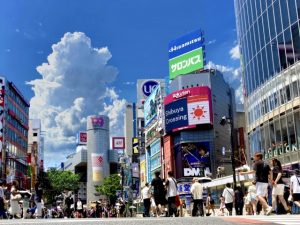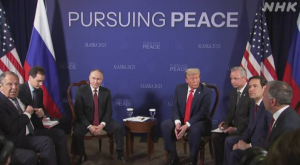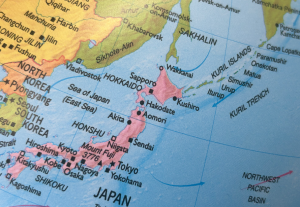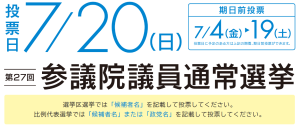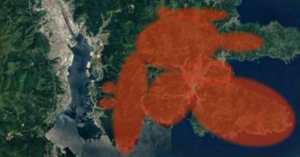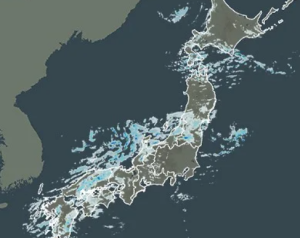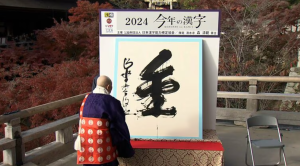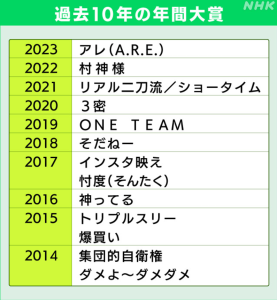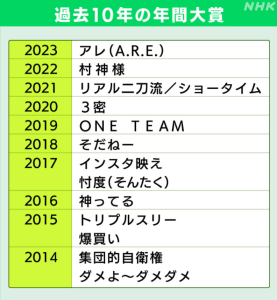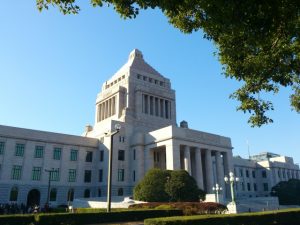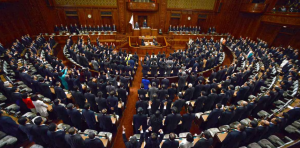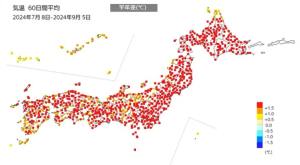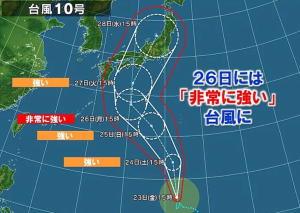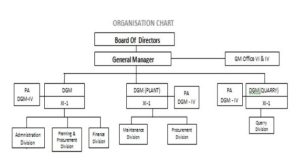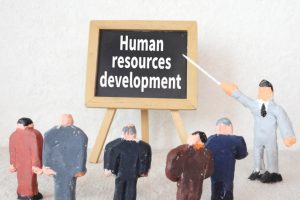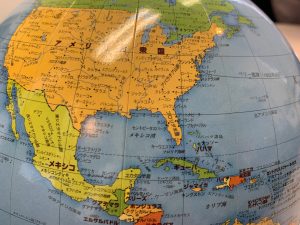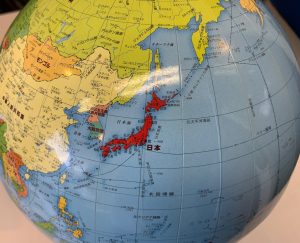Re: A news item and subject which I just want to check out (85) March 24, 2023
Samurai Japan did it finally. The final of WBC, World Baseball Classic, was held in Miami, Florida in the morning on March 22 in Japan time, and Japanese team won against the U.S. team. I think that stable pitching power, home run offensive at the time, and team play to connect later led to the championship. Of course, don’t forget baseball manager Mr. Kuriyama who took full advantage of each player’s characteristics.
Every player showed their individuality and potential without waste, and it was no surprise that Mr. Ohtani was named MVP, because he was integrated into American society, and not only he was active in a two-way player but also played a phenomenal role in boosting of the Japanese team.
By the way, the match against Mexico on the day before the final ended a dramatic victory called reversal goodbye game, but a breaking news that “Prime Minister Kishida visited Kyiv, the capital of Ukraine, played on the TV screen near the end of the game. With the G7 leaders’ meeting held in Hiroshima in May this year approaching, he would have been so pleased for the time being, because he had a strong desire to “visit at all costs in advance” as a chairman of the said meeting. At any rate, what I felt again this time is that Japanese political system is extremely ambiguous compared to the other developed countries responding to emergencies and international situations, and there is a gap between legal system in Japan and global standard. It is necessary to simulate and face various risks. And I also felt a clear difference from when President Biden visited Ukraine in advance about information management and how to disclose information.
■■A lot of things happened this week.
■We can’t take an optimistic view of the global economy:
OECD announced officially on March 17 that the global real economic growth rate in 2023 will be 2.6%. It raised by 0.4% from the previous forecast in November 2022, factoring in the reopening of the economy in China and so on. By country and area, the real economic growth rate in the United States is revised up by 1.5%, and it in Euro area is 0.8% revised up by 0.3%. And it in Chima is 5.3% revised up by 0.7% due to effects of zero corona policy cancellation.
It in Japan is 1.4% revised down by 0.4%, and OECD continues to take a tough look on Japan.
However, I think that the upward correction is a little bit optimistic looking at the current economic reality. In Europe and the United States, interest rate hikes continue in order to control inflation and monetary policy cooling the economy semi-forcibly is in place.
And in China which is expected as driving global economy, real estate industry accounting for about 30% of GDP is not yet out of recession, and large-scale stimulus measures are hard to be taken because local governments have financial problems. Therefore, production activity is recovering slowly, and employment recovery is also delayed. Because of that, the public’s desire to save money is strong, and Chinese visitors to Japan, where an increase was expected from the end of January after the spring festival, are sluggish right now, with the fact that the ban of group tour has not been lifted.
And in the United States and Switzerland, bank failures are happening, and concerns about the global financial system are emerging. Therefore, international commodity indices are sluggish. For instance, the price of crude oil is at about one year and three months lows due to weak global demand, despite of the decline in exports from Russia due to sanctions. The future price of U.S. crude oil is below 70 dollars per barrel. The price of non-ferrous metals like nickel, copper and aluminum is also a bearish mood. Among them, copper is called as “Doctor Copper”, and its price trend is a representative indicator of economic activity. On the other hand, funds are flowing into “gold” as “a safe asset” reflecting financial instability, and the gold price is approaching the highest 2089.2 dollars per troy ounce in August 2020.
The decline in production activity is clear if you look at the movement of international logistics.
The ratio of container ship stopped service at the end of February due to the decrease in loading cargo volume is three times as much as before the corona disaster. And the volume of international air cargo in 2023 is predicted to decrease by 4% compared to the previous year. Export volume of air cargo from Japan in December decreased by 24% compared to the same month a year earlier, and decreased by 13% compared to the previous year all year around.
According to foreign trade statistics, export from Japan is declining noticeably in volume terms. And transportation volume of domestic cargo in January is decreasing by 3% compared to the same month a year earlier. This is the third consecutive month of decline and shows that basic industrial materials like steel and so on are sluggish. The Japanese government has also revised production decisions downward for the first time in three months at monthly economic report in March. And real wages, which mean that rising wages can’t keep up with high prices, continue to decline, and personal consumption continues to be dull reflecting on life defense.
As stated above, while the global economy and production activity are sluggish, interest rate hikes continue in order to control inflation, and some are worried about stagflation, inflation in a recession. Corporate management requires tension, because the political and economic situation at home and abroad will be expected to be tough for one or two years from now, and there will be also many unexpected risks.
≪P.S.≫ It was reported in the other day’s paper that NASA announced newly discovered asteroid has a risk of colliding with the earth with a probability of one in thousands 23 years later in February 2046. The asteroid named as “2023 DW” is about 50 meters in diameter, and it is said that it will approach about three million Km from the earth in February 2046. By the way, the distance between the earth and the moon is about 0.38 million Km and it is much farther than that. And a risk of collision as of March 17 is one in 3.6 thousand, and the alert level lowers to zero. In addition, it is reported that when an asteroid which is likely to have a major impact on the earth is discovered, research and development that changes its orbit is also progressing.
As described, when I hear that the movement of celestial bodies far beyond the universe is predicted with incredible accuracy, why is there no progress of elucidation of the mechanism of stratum and fault structure located in tens of kilometers underground? For instance, the depth of Great East Japan Earthquake is about 24Km. And my wish is that I would like to see more progress in earthquake prediction due to this.










